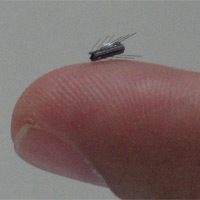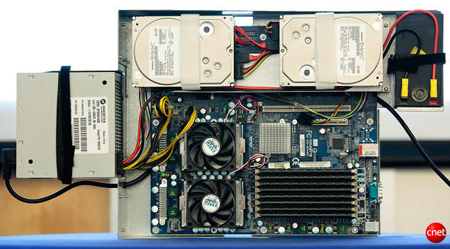Black Hat 2009: Breaking SSL with null characters

Update: The video of [Moxie]’s presentation is now online.
[Moxie Marlinspike] appeared on our radar back in February when he showed ssltrip at Black Hat.It was an amazing piece of software that could hijack and rewrite all SSL connections. The differences between a legitimate site and the hijacked ones were very hard to notice. He recently stumbled across something thing that makes the attack even more effective.
Read more...
















































